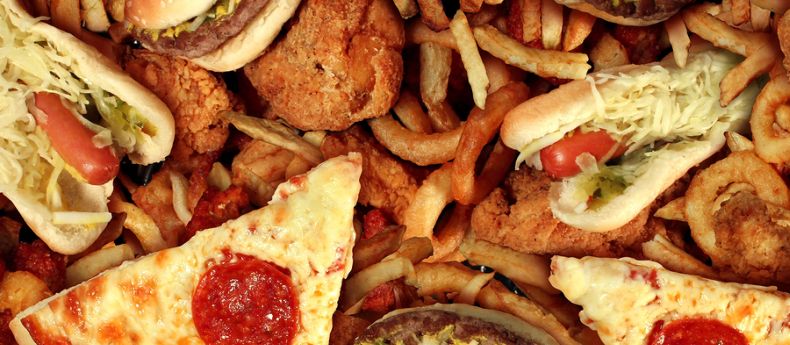
What’s Making You Fat? Good Fats vs Bad Fats
Fat seems to have a terrible reputation. Food companies started capitalizing on this negative perception years ago, generating low-fat versions of the products they offer with the intention to appeal to the health-conscious consumer. It is easy to get swept up in this marketing hype. However, “low fat” and “fat-free” are not the same as “healthy.” In low-/fat-free products, the fat is usually replaced with refined grains or sugars, so the calorie content is not significantly affected. Moreover, overemphasizing the reduction of fat in our diets usually denies people satiety (feeling comfortably full) and limits their intake of good fats.
In fact, eating healthy isn’t about avoiding fat; it’s about consuming the right kind of fat.
The role of fat
Fats are found in nuts, oils, butter, animal products and dairy. The fat we eat is stored in fat cells as energy reserves. We all need fats to survive. In times of fasting or starvation, fats are thought to increase our chances of survival. Some of our fat deposits are called structural fat: they “hold” our organs and nerves in position and cushion them from injury. For example, fat pads on our palms protect the bones underneath. Fat also insulates us and keeps us warm.
Dietary fat is also necessary for the absorption/utilization of fat-soluble vitamins – such as Vitamins A, D, E and K – and certain plant products, such as carotenoids (the red you see in tomatoes). Therefore, cutting fat out of our diets can make us deficient in certain vitamins. Younger kids especially need fat for proper brain development.
How much is too much?
Now, we know we NEED fat, but how much do we need? The 2010 Dietary Guidelines for Americans recommends that, for adults, between 20 and 35 percent of their energy should come from fat. For children between 4 and 18, the recommendation is that 25 to 35 percent of their energy should come from fat. Children younger than 4 should have diets consisting of 30 to 40 percent fat.
The good, the bad, and the ugly
It is important to note that not all fats are created equal. There is mounting evidence showing that the type of fat we consume has a bigger impact on our health than the amount of fat.
The ugly: trans fats
Though some trans fats can be found naturally, the trans fats we typically consume come from a process called “hydrogenation” of oils, such as soybean oil. These fats are particularly harmful to heart health. They can raise our bad cholesterol, lower our good cholesterol, and interfere with the breakdown of good fats, such as omega-3 fats. The best example of trans-fats is hard stick margarine. Trans fats are also found in cookies, cakes and deep-fried foods. Try to stay away from these foods.
The bad: saturated fats
Saturated fats primarily come from animals and are solid at room temperature. If you’re going to consume foods containing saturated fats, opt for their low-fat versions. For example, low-fat or skim dairy are great options. (Exception: For your toddler, whole milk and whole-fat dairy are essential for development.) There is no need to become vegetarian to cut down on saturated fats. Just look for the leanest cuts of meat; these include cuts of meat labeled “loin.” Choose chicken breast instead of other chicken parts. Remove the skin from chicken, turkey and other poultry. Choose oils and spreads instead of butter and lard when cooking.
Studies suggest cutting down on saturated and trans fats may reduce the risk of developing Alzheimer’s disease.
The good: unsaturated fats
Unsaturated fats are liquid in nature. Any oils would be better for you than butter or lard. However, two oils are particularly good for heart health: olive oil and canola (or rapeseed) oil. Further, the oils found in fish and flax seeds (omega-3 fats) have been shown to reduce the risk for cardiovascular disease and mortality in several studies. Other good food choices that contain unsaturated fats include avocados, nuts and seeds. Have an ounce of dry-roasted nuts as a snack. Nuts and seeds count toward your recommended intake of meat and beans.
Eating “low-fat” foods is not the best way to optimize your health. Eating unsaturated fats and limiting your intake of trans/saturated fats can go a long way toward improving your overall heath, especially heart health, for you and your family in the long run. Lose the low-fat myth, and lean toward a leaner lifestyle by eating the right fats.
Copyright United Family Healthcare 2014 All right reserved - 京卫网审[2014]第1927号 - 京ICP备13017554号-4




